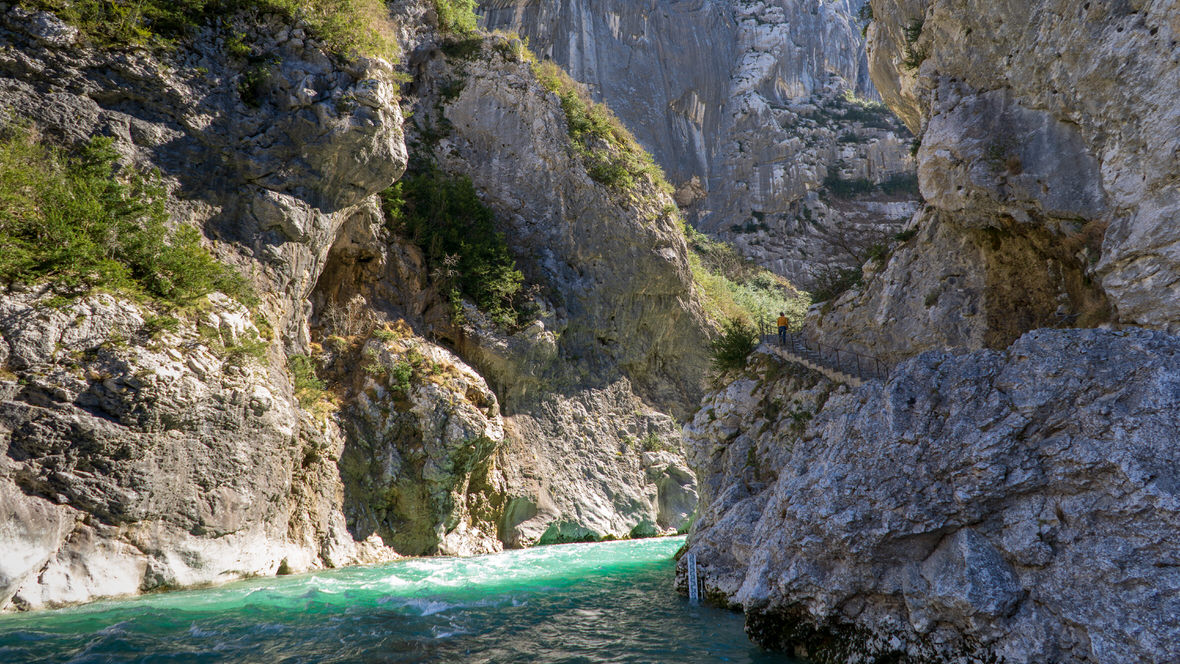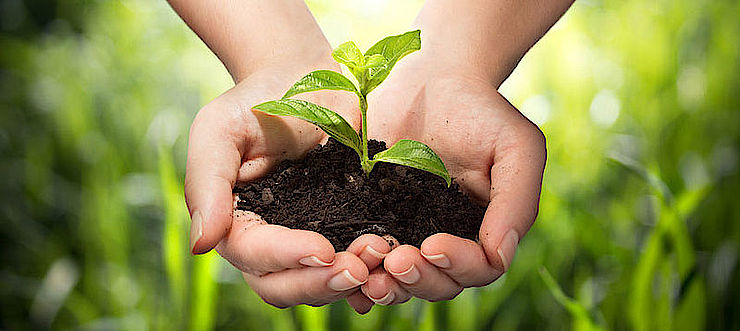
W części "geology" studenci zapoznają się z procesami wewnętrznymi i zewnętrznymi, zwłaszcza prowadzącymi do rozpoznawania skał i minerałów. Uczą się metod rozpoznawania i sposobu opisu skał i minerałów. Zapoznają się z warunkami występowania wód podziemnych, uczą się interpretacji danych geologicznych i hydrogeologicznych.
W części "hydrology" studenci zapoznają się z nastepującą tematyką: formowanie się opadu, pomiar opadu, spływ powierzchniowy, nadwyżka opadu, hydrogram jednostkowy, transformacja fali wezbraniowej, przepływ w kanale otwartym, podstawowe informacje o budowlach hydrotechnicznych.
In the "geology" part students get acquinted with inner and external geological processess, especially rocks and minerals forming processess. Students learn about conditins of groundwater occurrence and how to interpret geological and hydrogeological data.
In the "hydrology" part students get acquinted with the following issues: precipitation forming, rainfall measurements, surface runoff, rainfall excess, unit hydrograph, flood wave transformation, open channel flow; basic knowledge about hydraulic structures.
- Nauczyciel: Tomasz Kolerski
- Nauczyciel: Maria Przewłócka
Exerise 1. The ability to accumulate metal cations by edible mushrooms, comparison with edible plants
Exercise 2. Measurement of activity of glutathione S-transferases - the detoxifying enzymes present in the cytosol of eukaryotic cells
Exercise 3. Cell membranes permeability
Exercise 4. Detection of mutagenic substances using Ames test
Exercise 5. Gluten content in food products part 1.
Exercise 6. Gluten content in food products part 2.
Exercise 7. DNA degradation induced by environmental genotoxic factors - example of UV radiation.
- Nauczyciel: Patrycja Jakubek
- Nauczyciel: Izabela Koss-Mikołajczyk
- Nauczyciel: ZUZANNA Koziara
Basis of Chemical Technology, Lecture, GTM sem4
- Nauczyciel: Marek Lieder
- Nauczyciel: Justyna Łuczak
The aim of the subject is to familarize the student with fundamental physico-chemical laws in chemical thermodynamics, phase equilibria and chemical equilibria together with ability of solving relevant text problems involving calculations, as well as teachnig him/her effective and safe carrying out simple experiments/measurements of physico-chemical quantities and proper presentation and interpretation of their results.
LECTURES
Chemical thermodynamics: Termochemistry, Hess law and kirchoff's equation. State functions. First principle of thermodynamics. Thermodynamic cycles, Second principle, Gibbs free anergy and Helmholtz free energy. Third principle. Criteria of spontaneity and equilibrium of reactions. Open systems, partial molar quantities, chemical potential. Chemical equilibrium. Standard molar Gibbs free energy and reaction quotient. Equilibrium constants. Le Chatelier principle and Van't Hoff isobar. Gibbs-Helholtz equation. General conditions of phase equilibria. Clausius-Clapeyron equation. Gibbs rule of phases. Gibbs-Duhem equation. Selected equilibria in one-, two, and three-component systems (Gibbs triangle) – interpretation of phase diagrams. Simple and fractional distillation. Nernst law of pertition. Solutions: Colligative properties. Thermodynamic characteristics of the perfect and perfectly diluted solutions. Thermodynamic definition of activity and activity coefficients. Excess functions.
TUTORIALS:
Calculations of heats of reaction at constant V or P. Calculations of ΔS and ΔG of reaction. Relation of ΔG0 with equlibrium constantsi. Calculations of chemical equilibria in gaseous phase, equilibrium compostions and sissociation (reaction) degree. Calculations in phase equilibria in one-component systems. Calculation of composition of phases in gas-liquid systems, compositions of distillates and residuals. Calculations related to colligative properties..
LABORATORY
Performing 6 experiments from the list:
1. Vapor-liquid equilibrium of pure liquids.
2. Vapor-liquid equilibrium for a two component systems.
3. Cryometry - Measurements of freezing point depression.
4. Calorimetry: a) measuring specific heat of liquids; b) measuring heat of acid-base neutralization..
5. Heat of dissolution
6. Determination of physicochemical constants of liquids.
- Nauczyciel: Wojciech Chrzanowski
- Nauczyciel: Adam Kloskowski
- Nauczyciel: Łukasz Marcinkowski
- Nauczyciel: Łukasz Nierzwicki
- Nauczyciel: Maciej Śmiechowski
Description of the subject in accordance with the subject card PG_00037594
- Nauczyciel: Tomasz Dymerski
- Nauczyciel: Tomasz Majchrzak
- Nauczyciel: Wojciech Wojnowski
Description of the subject in accordance with the subject card PG_00037594
- Nauczyciel: Agnieszka Bartoszek-Pączkowska
Exerise 1. The ability to accumulate metal cations by edible mushrooms, comparison with edible plants
Exercise 2. Measurement of activity of glutathione S-transferases - the detoxifying enzymes present in the cytosol of eukaryotic cells
Exercise 3. Cell membranes permeability
Exercise 4. Detection of mutagenic substances using Ames test
Exercise 5. Gluten content in food products part 1.
Exercise 6. Gluten content in food products part 2.
Exercise 7. DNA degradation induced by environmental genotoxic factors - example of UV radiation.
- Nauczyciel: Agnieszka Bartoszek-Pączkowska
- Nauczyciel: Patrycja Jakubek
- Nauczyciel: Izabela Koss-Mikołajczyk
- Nauczyciel: ZUZANNA Koziara
W części "hydrology" studenci zapoznają się znastepującą tematyką: formowanie się opadu, pomiar opadu, spływ powierzchniowy, nadwyżka opadu, hydrogram jednostkowy, transformacja fali wezbraniowej, przepływ w kanale otwartym, podstawowe informacje o budowlach hydrotechnicznych.
W częśi "geology" studenci zapoznają się z procesami wewnętrznymi i zewnętrznymi, zwłaszcza prowadzącymi do rozpoznawania skał i minerałów. Uczą się metod rozpoznawania i sposobu opisu skał i minerałów. Zapoznają się z warunkami występowania wód podziemnych, uczą się interpretacji danych geologicznych i hydrogeologicznych.
In the "hydrology" part students get acquinted with the following issues: precipitation forming, rainfall measurements, surface runoff, rainfall excess, unit hydrograph, flood wave transformation, open channel flow; basic knowledge about hydraulic structures.
In the "geology" part students get acquinted with inner and external geological processess, especially rocks and minerals forming processess. Students learn about conditins of groundwater occurrence and how to interpret geological and hydrogeological data.
- Nauczyciel: MAŁGORZATA Bratnikow
- Nauczyciel: Tomasz Kolerski
- Nauczyciel: Maria Przewłócka

Aim of the course is to give a general knowledge of the chemistry of the elements and the inorganic compounds, puting the attention on the relationships between structure, properties and reactivity.
- Nauczyciel: Agnieszka Pladzyk
- Nauczyciel: KINGA Kaniewska-Laskowska
- Nauczyciel: Agnieszka Pladzyk

- Nauczyciel: Christian Jungnickel
- Nauczyciel: ANETA Pacyna-Kuchta
- Nauczyciel: Dariusz Witt
